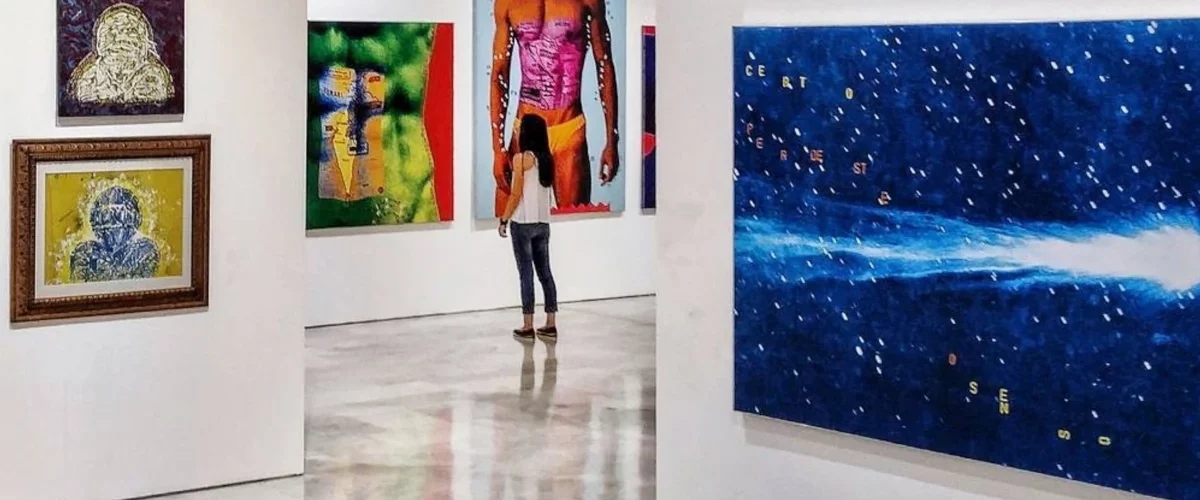Building a meaningful art collection can be a deeply rewarding experience, allowing you to express your personal style, connect with artists, and even make a smart investment. However, for beginners, the world of art collecting can feel overwhelming. This guide will walk you through the essential steps and considerations for starting and building a meaningful art collection that reflects your unique tastes and passions.
Step 1: Define Your Personal Style and Interests
Before diving into art collecting, it’s crucial to have a clear understanding of your personal style and interests. Take the time to explore various art styles, mediums, and artists. Visit galleries, museums, and art fairs, or browse online platforms to familiarize yourself with different art forms. Identify the types of artwork that resonate with you, and don’t be afraid to trust your instincts.
Step 2: Set a Budget and Stick to It
Art collecting can be as affordable or extravagant as you choose. Determine a budget that you’re comfortable with and stick to it. Keep in mind that emerging artists often offer more affordable works, and limited edition prints can be a cost-effective way to acquire pieces from well-established artists. Remember, a meaningful art collection isn’t about how much you spend but rather about the emotional connection you have with the artwork.
Step 3: Research and Learn
Becoming an informed collector is essential for building a meaningful art collection. Take the time to learn about art history, movements, and the artists you’re interested in. Join online forums, attend art talks, and read books or articles to expand your knowledge. Understanding the context and background of the art you collect will enrich your appreciation and help you make more informed decisions.
Step 4: Explore the Art Market
The art market is vast and varied, encompassing galleries, auctions, art fairs, and online platforms. Familiarize yourself with these different avenues and decide which ones best align with your interests, budget, and collecting goals. Don’t be afraid to ask questions, and remember that building relationships with gallery owners, dealers, and artists can be incredibly valuable in your art collecting journey.
Step 5: Support Emerging Artists
Collecting works from emerging artists is an excellent way to build a meaningful art collection while supporting new talent. By investing in up-and-coming artists, you have the opportunity to follow their careers and potentially benefit from their growing recognition. Furthermore, you’ll often find more affordable pieces from emerging artists, making them an ideal option for budget-conscious collectors.
Step 6: Prioritize Quality Over Quantity
When building a meaningful art collection, it’s essential to prioritize quality over quantity. Focus on acquiring pieces that genuinely resonate with you, even if it means having a smaller collection. By carefully selecting each artwork, you’ll create a cohesive and personally significant collection that reflects your unique tastes and passions.
Step 7: Properly Care for Your Art Collection
Caring for your art collection is critical to preserving its value and beauty. Ensure that you store and display your artwork in appropriate conditions, protecting it from direct sunlight, humidity, and temperature fluctuations. Regularly clean your art and consider consulting with professional art conservators for advice on maintaining your collection in optimal condition.
Step 8: Document and Insure Your Collection
Documenting your art collection is essential for both organizational and insurance purposes. Maintain a detailed record of each piece, including the artist’s name, title, medium, dimensions, and purchase information. High-quality photographs of each artwork can also be beneficial for appraisal and identification purposes. Consider obtaining insurance coverage for your collection to protect it from potential damage or theft.
Step 9: Engage with the Art Community
Building a meaningful art collection is a personal journey, but engaging with the broader art community can be incredibly rewarding. Attend art events, join collectors’ groups, and participate in online discussions to share your passion and learn from others. Building relationships with fellow collectors, gallery owners, and artists can offer valuable insights and connections as you grow your collection.
Step 10: Enjoy and Share Your Collection
Finally, remember that your art collection is meant to be enjoyed and shared. Display your artwork thoughtfully in your home or office, allowing it to become an integral part of your everyday life. Consider hosting events or collaborating with local institutions to showcase your collection and share your passion for art with others.
Conclusion: Building a Lasting Legacy
By following these steps and embracing your unique tastes and interests, you’ll be well on your way to building a meaningful art collection that stands the test of time. As you continue to grow and refine your collection, remember that art collecting is a lifelong journey of discovery, passion, and personal expression. Enjoy the process and take pride in the lasting legacy you’re creating through your collection.
Find out more about art at Luxpeer blog.
